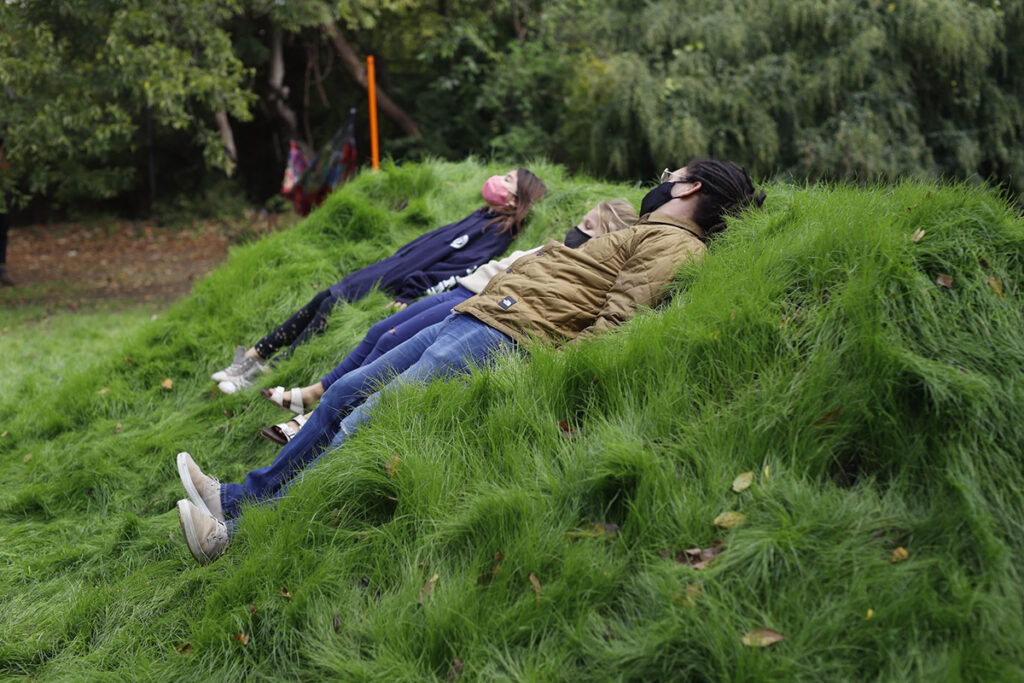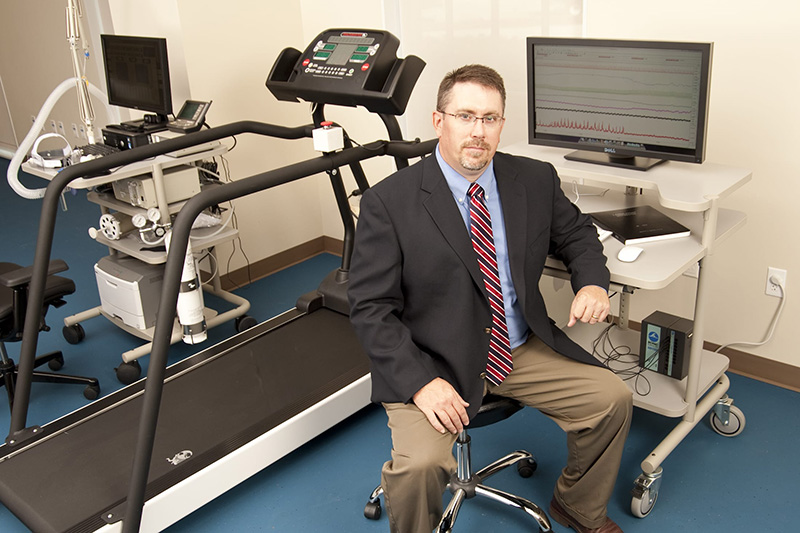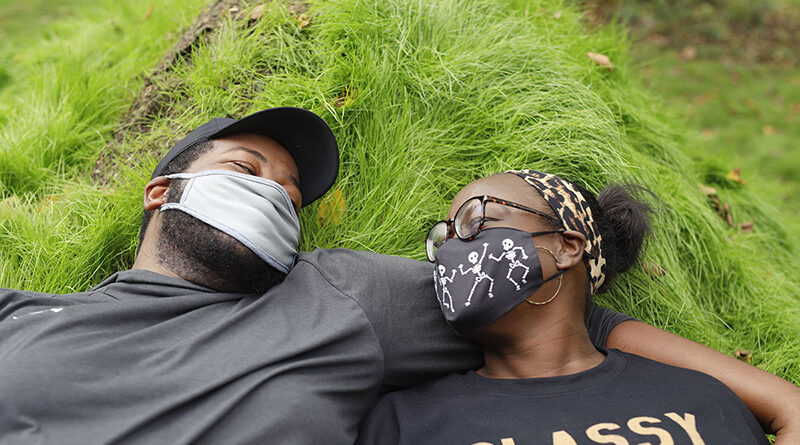Happenings on the Hill
Naptime with ‘Healing Pieces’
Three artworks debuted this fall in Dallas as the first iteration of “Healing Pieces: Offerings of Art, Expression, and Nature.”
The SMU Meadows School of the Arts’ Ignite/Arts Dallas program is leading the collaborative multi-year arts and engagement initiative with partner organizations and individuals.
Healing Pieces explores how architecture, green space, urban planning, and community development can transform the city and help Dallas enter conversations that encourage understanding and stimulate meaningful change across race, culture, geography, criminal and environmental justice reform, and urbanism.
Black Power Naps Park/Parque Siestas Negras offers rest as a form of reparation. The interactive outdoor installation features hammocks and mounds of grass in yonic shapes amid a serene soundscape of wind chimes and a soothing playlist at Sweet Pass Sculpture Park.
“It invites visitors to lounge, reclaim idleness and consider the power and energy that has been exhausted from those who are Black, Indigenous, and people of color,” artists Navild Acosta and Fannie Sosa said.

7 p.m. Wednesdays, Fridays, and Saturdays through Dec. 10. Email emelo@smu.edu for an appointment. (PHOTO: Ciara Elle Bryant)
Project Witness, a free augmented reality experience, promotes awareness of the conditions of childhood incarceration. Accessible via smartphone at six locations around West Commerce Street and Riverfront Boulevard near the Dallas County Criminal Court and North Tower Detention Facility, it depicts the extreme forms of punishment imposed on incarcerated children in the U.S.
The 2021 Healing Pieces Action Calendar, from publishing initiative RISO BAR, features literary and visual artwork by formerly and currently imprisoned people, images of the Trinity River from the time of the indigenous Caddo people, and new developments taking place around the river. The calendar will be available in December via risobar.net.
For details about a Healing Pieces symposium from 10 a.m. to 2 p.m. Dec. 8, visit healingpieces.art.
Overheating about tattoos?
Tattoos can sag with age, perpetuate the name of a regrettable ex, or reveal an embarrassing inability to spell.
If that’s not enough downsides, there’s this: They may also impair sweating, according to a study published in the Journal of Applied Physiology.
“Any damage to eccrine (sweat) glands within the skin can impair sweating response and potentially increase the risk of overheating if the damage covers a large enough body surface area,” said research team member Scott L. Davis.

Development, studies the impact of tattoos on sweating. (PHOTO: Courtesy SMU)
Davis, associate professor in applied physiology and wellness at SMU’s Simmons School of Education and Human Development, collaborated with researchers from Alma College, the University of Texas Southwestern Medical Center, and the University of Kentucky College of Medicine.
Researchers determined sweating rates in the upper and lower arms of people with tattoos by comparing at least 5.6 square centimeters of tattooed skin with adjacent non-tattooed skin. Ten people – both men and women – participated in the study.
The findings suggest that even though nerve signals to sweat glands weren’t affected in tattooed skin, the sweat glands were likely damaged during tattooing. Applying a tattoo typically requires puncturing the skin with needles 50 to 3,000 times per minute, at a depth of 1-5 millimeters, which could result in sweat gland damage.
Click here for more Happenings on the Hill

For nearly 40 years, People Newspapers has worked tirelessly to tell the stories—good, bad, and sublime—of our neighbors in the Park Cities and Preston Hollow. To support our efforts, please contact advertise@peoplenewspapers.com for advertising opportunities. Please also consider sharing this story with your friends and social media followers.









